Ricoh Theta Z1 360 camera is announced
Twin 1.0-inch sensors set to raise the bar for 360 capture
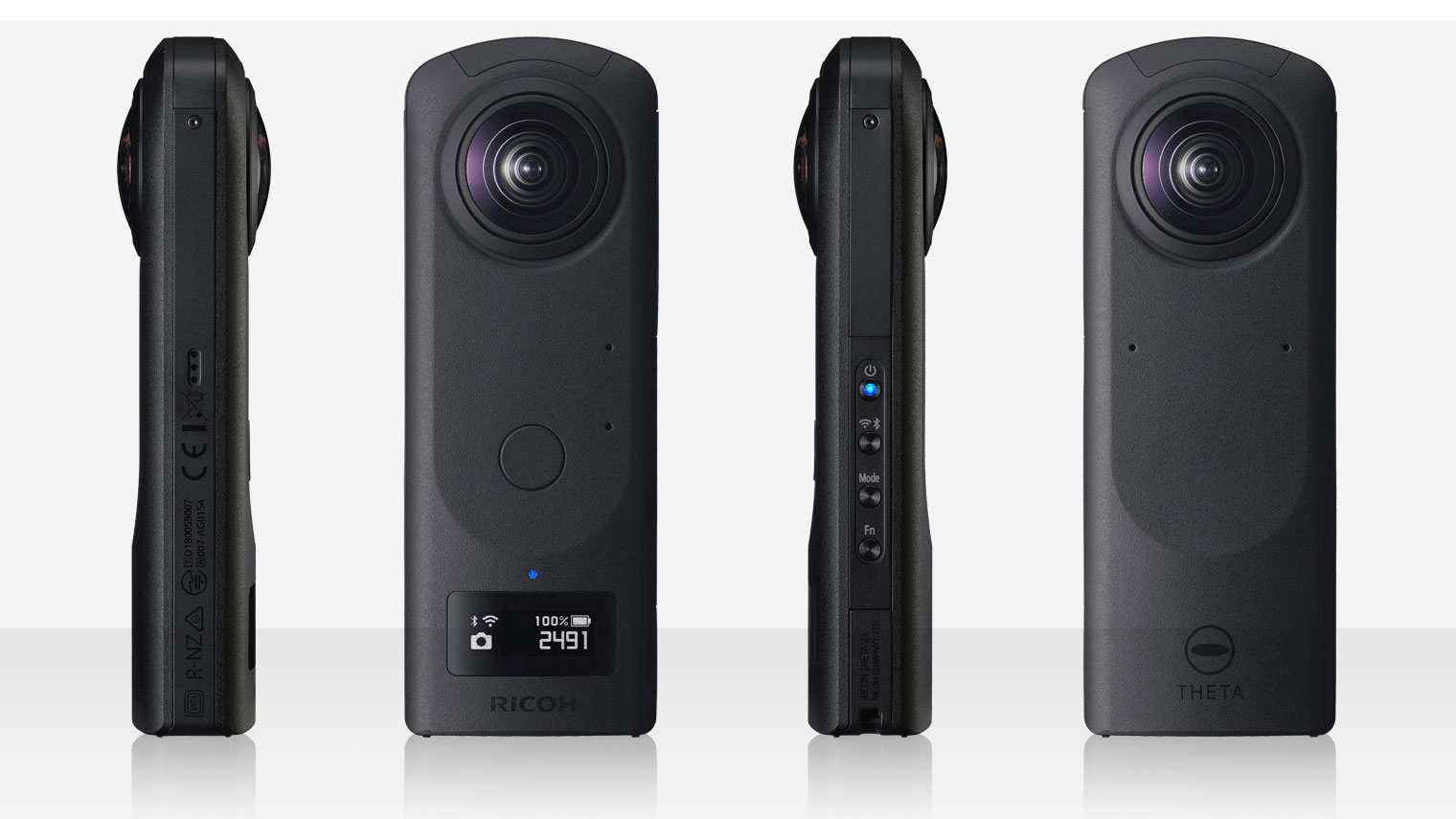
The Ricoh Theta Z1 uses much larger 1-inch sensors than the Theta V, and other 360 cameras, but it's not much larger in size.
Ricoh has revealed full details of the company’s new 360 camera, ahead of the CP+ 2019 photo trade fair in Japan. The big story is the new Theta Z1 use of twin 1.0-inch sensors, which are much larger than the 1/2.3-inch sensors used in the Theta V and other consumer-level 360 cameras.
The two 20-megapixel sensor are mounted back to back behind ‘overlapping’ 180+ degree lenses to produce merged 360-degree still images and video footage.
The larger sensors should deliver a big step up in image quality over rival 360 cameras. The Ricoh Theta Z1 offers a maximum sensitivity of ISO 6,300, three aperture values of f/2.1, f/3.5 and f/5.6, and a maximum shutter speed of 1/25,000sec.
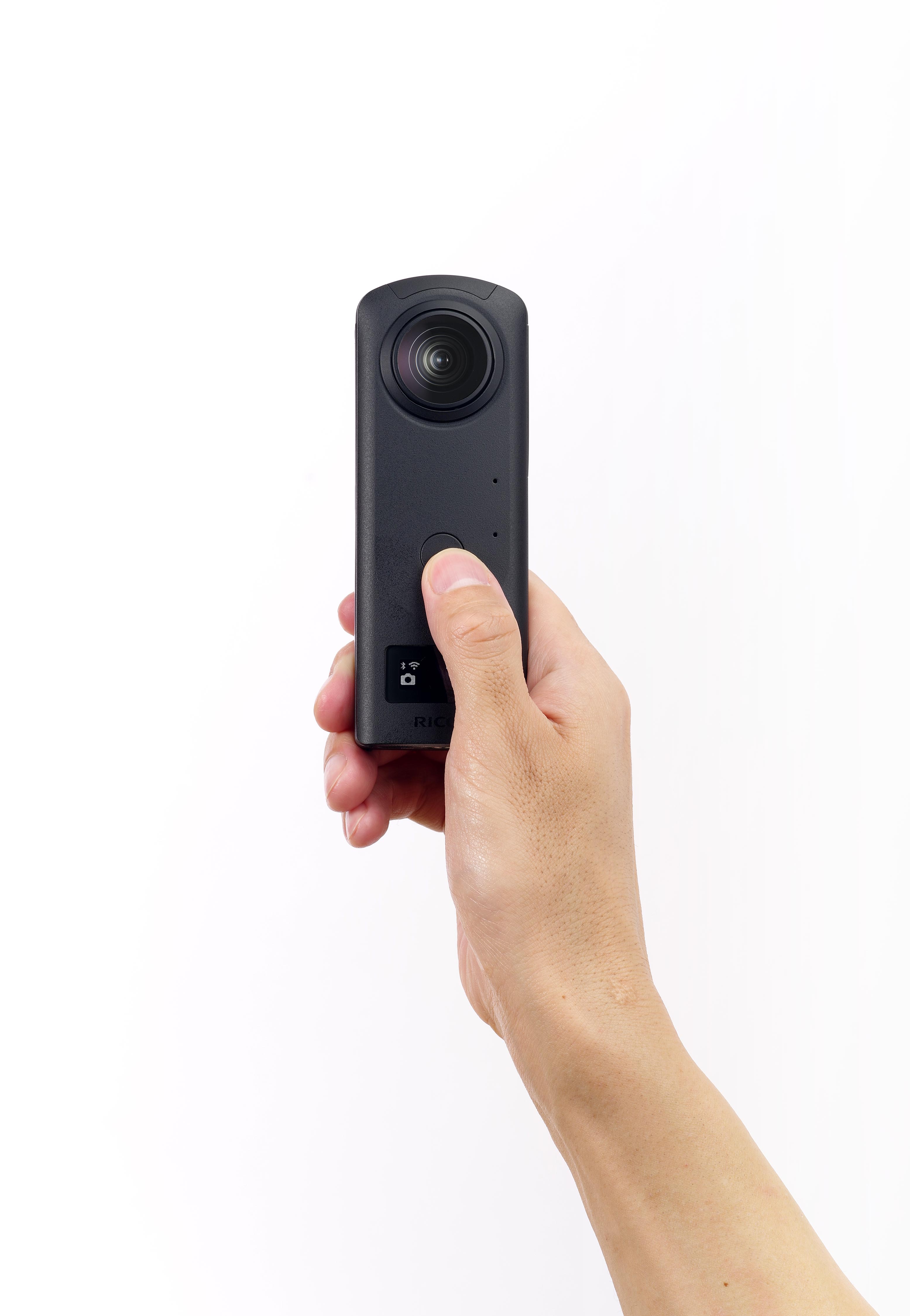
Specifications and design
The Theta Z1 supports both raw and JPEG formats, capturing still images at a resolution of 6,720 x 3,360 pixels. 360 4K movies are captured at 30fps at a resolution of 3,840 x 1,920 pixels, which is lower than many of the Theta’s rivals can manage, like the amazing Insta360 ONE X, but its large sensors should compensate with some of the best quality yet seen from portable 360 cameras. This is helped by a rotating 3-axis image stabilisation system.
The body is made of magnesium allow for extra robustness, and it features a small display panel for checking the battery level, number of shootable images remaining, the shooting mode and more. The in-built lithium-ion battery has a quoted life of 300 shots or 60 minutes of video, and there’s built-in storage of 19GB.
The Theta Z1 is very compact, despite its large sensor size, measuring 132.5 x 48.0 x 29.7mm, with a weight of just 182 g.
The Theta Z1 goes on sale late March 2019 for £899.99 / $999.
Get the Digital Camera World Newsletter
The best camera deals, reviews, product advice, and unmissable photography news, direct to your inbox!
Sample image gallery
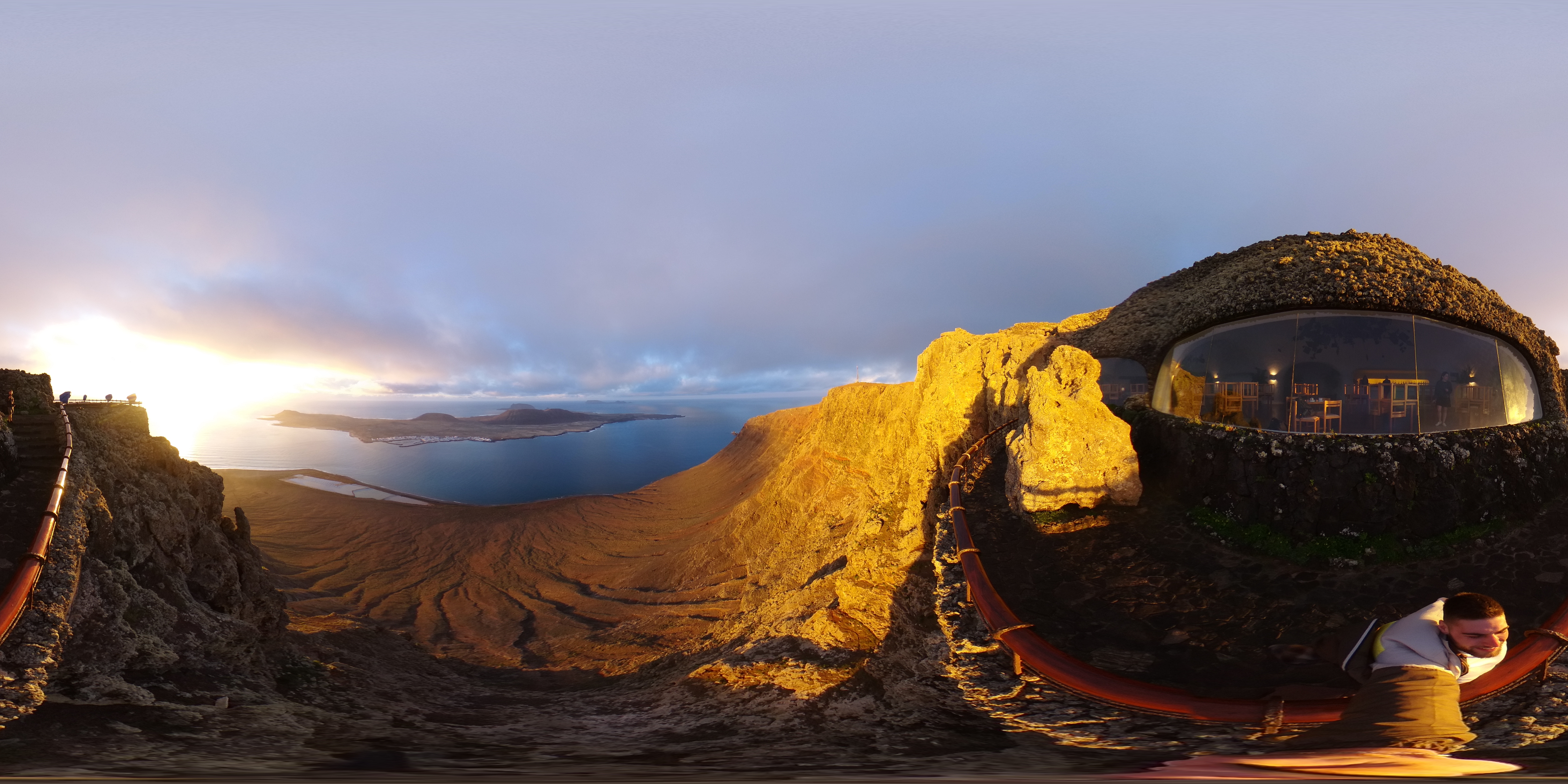

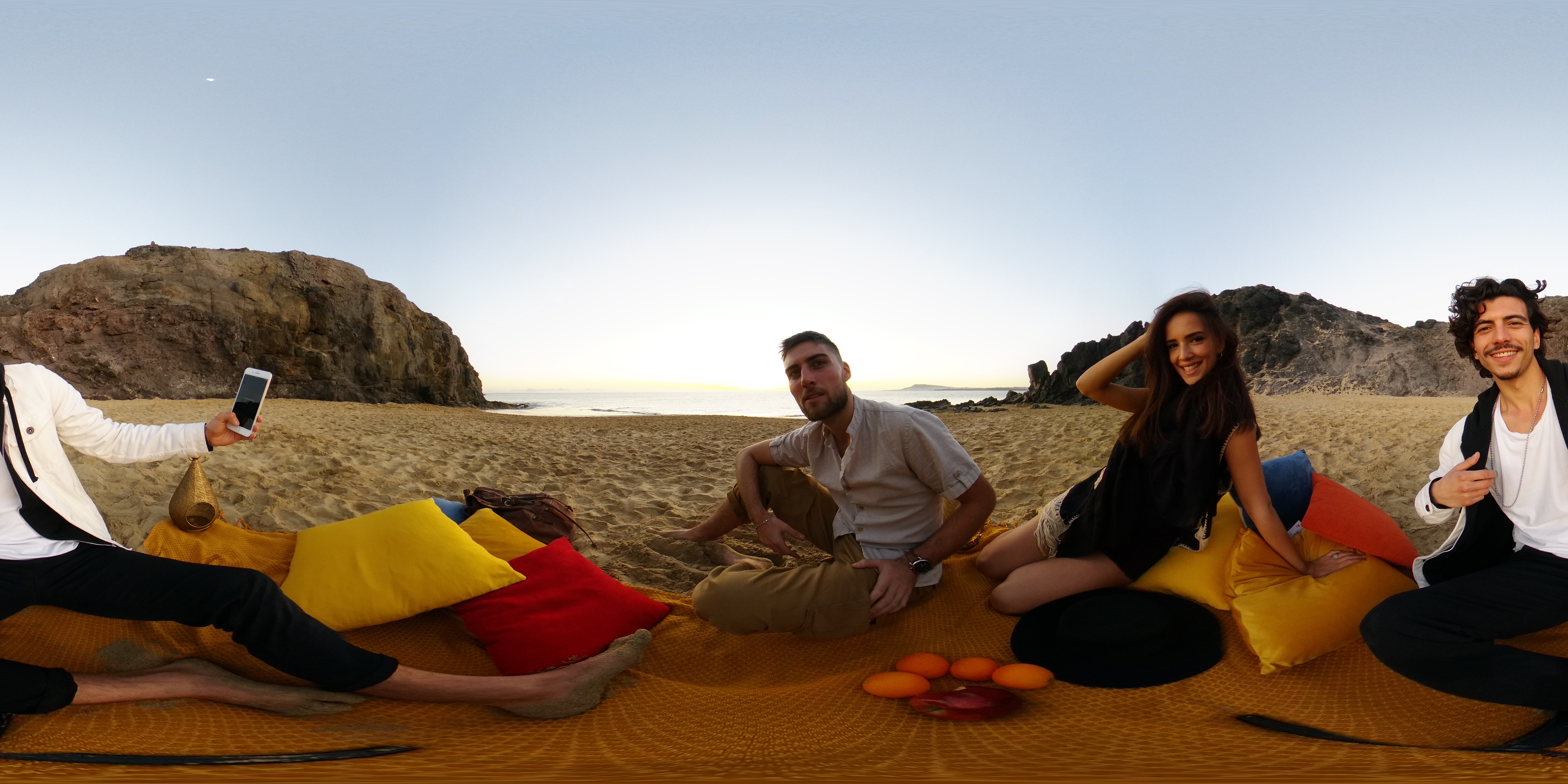
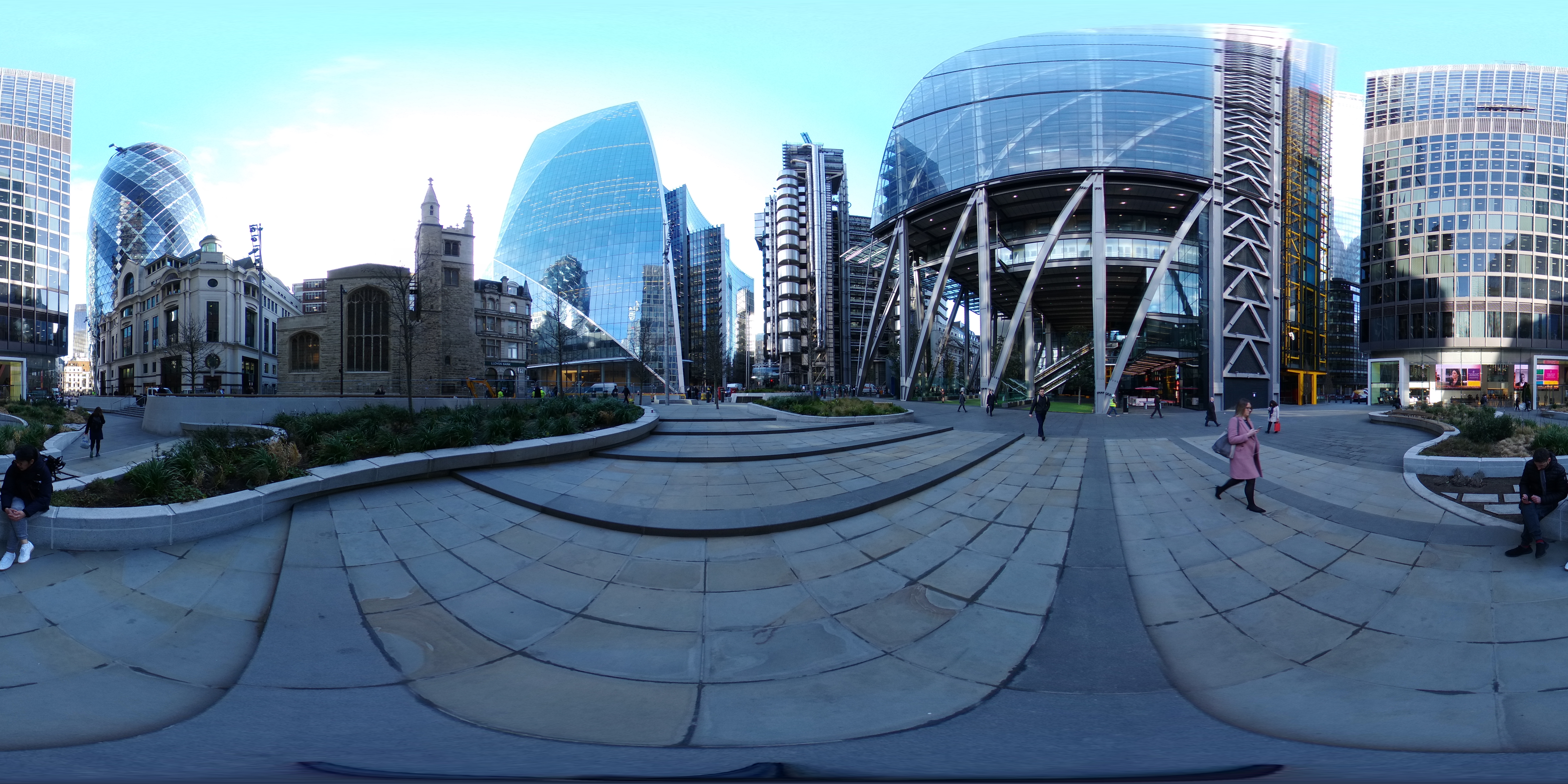
Read more:
• The best 360 cameras in 2019
• How to take 360-degree videos and photos
• 10 of the best 360° videos ever filmed

Rod is an independent photography journalist and editor, and a long-standing Digital Camera World contributor, having previously worked as DCW's Group Reviews editor. Before that he has been technique editor on N-Photo, Head of Testing for the photography division and Camera Channel editor on TechRadar, as well as contributing to many other publications. He has been writing about photography technique, photo editing and digital cameras since they first appeared, and before that began his career writing about film photography. He has used and reviewed practically every interchangeable lens camera launched in the past 20 years, from entry-level DSLRs to medium format cameras, together with lenses, tripods, gimbals, light meters, camera bags and more. Rod has his own camera gear blog at fotovolo.com but also writes about photo-editing applications and techniques at lifeafterphotoshop.com
